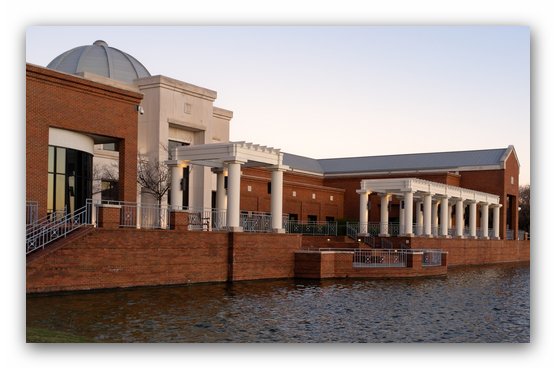Dec 17 2016 - Feb 19 2017
Montgomery Museum of Fine Arts
Montgomery, AL
Perhaps no phenomenon of nature depicted in art carries more romantic resonance than images of the moon, and artists throughout history have included it, and its gentle light, to convey a sense of romance in their work. In early religious and mythological contexts, the moon was seen as a beacon associated with creation stories in many cultures. Paired with the sun, the moon became a signifier of the concept of opposites—night and day, darkness and light—and a metaphor for this idea of opposites in the physical, spiritual, and intellectual realms.
In this installation of works from the Museum’s collection of works on paper, the moon is depicted as both compositional device and as symbol. In Charles-Francois Daubigny’s Clair de lune a Valmondois, 1877, the French painter/printmaker evokes the philosophy of Romanticism that was a current in 19th century, in which the landscape is less an earthly than an enchanted world, its mysteriousness conveyed by the glow of the moon from behind low clouds. For the German Expressionist Hans Grohs, the moon is a witness to the end of life, and accompanies death into the darkness. American painter Charles Burchfield creates visual poetry in his reaction to seeing a Snowy owl on a cold, moonlit night in his watercolor Arctic Owl and Winter Moon, 1960.
This installation in the Weil Print Study will include examples of etching, lithography, woodcut, and watercolor by artists of the 19th and 20th centuries, including such outstanding painter/printmakers as James McNeill Whistler, Thomas Hart Benton, and others.
Exhibition overview from museum website.
Exhibition Venues & Dates
Dec 17 2016 - Feb 19 2017
Montgomery Museum of Fine Arts
Montgomery, AL
